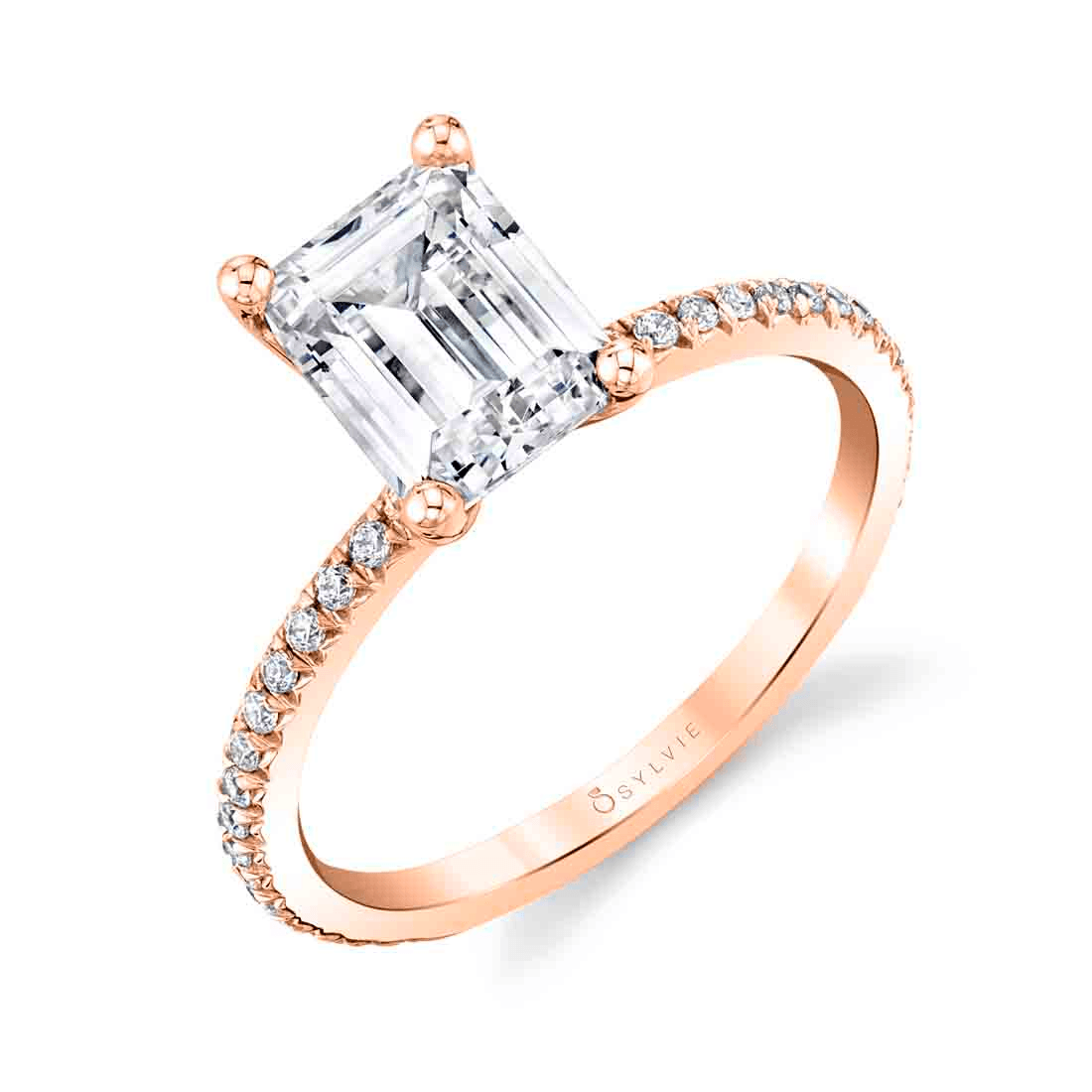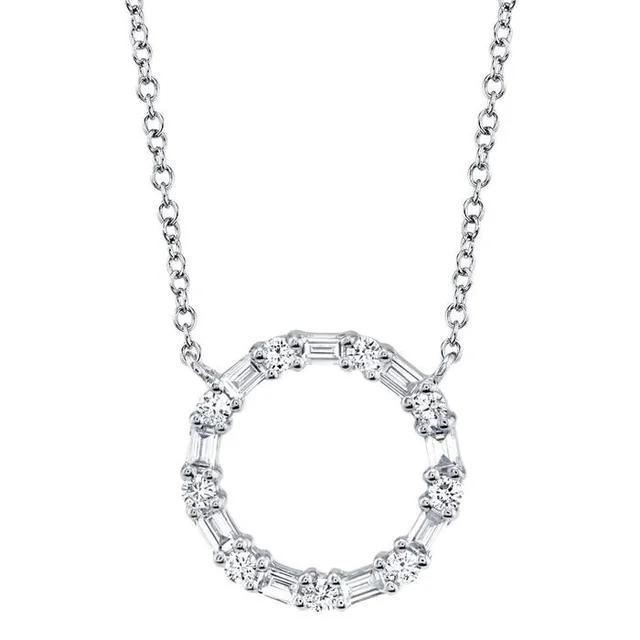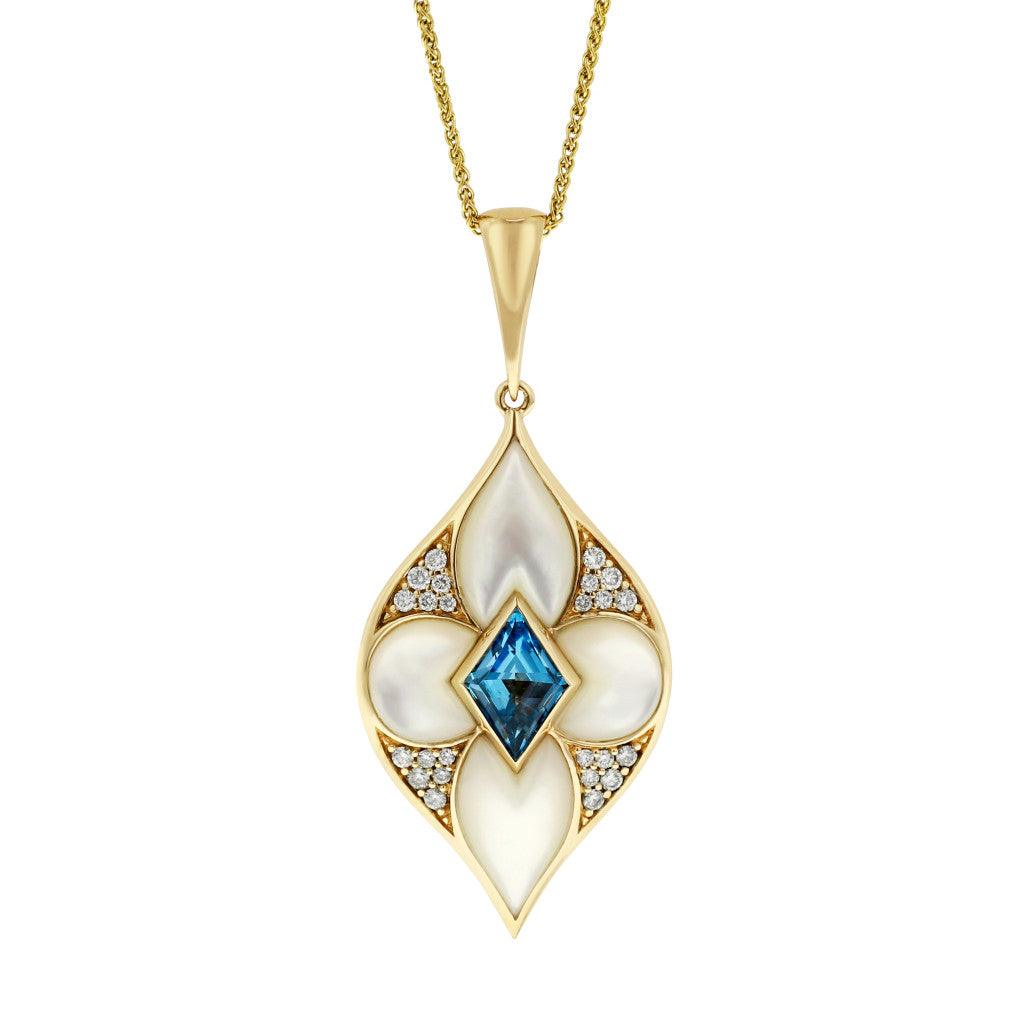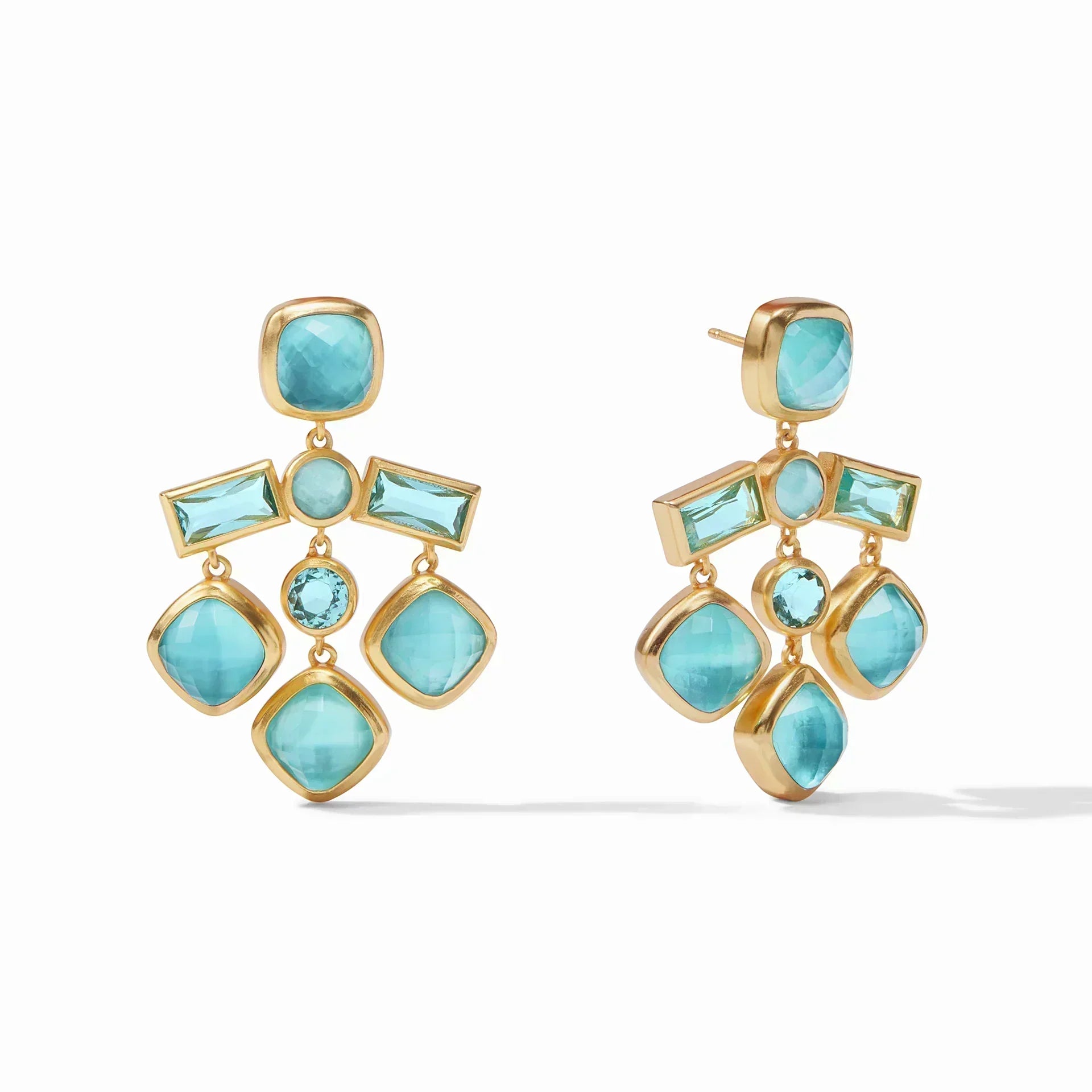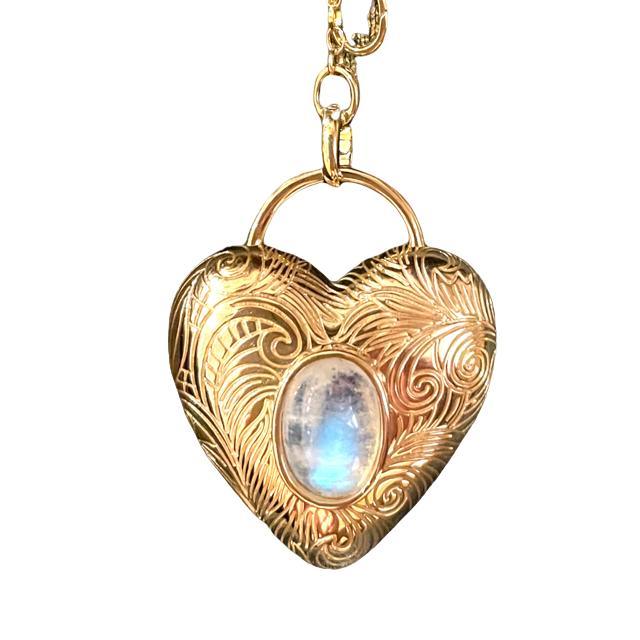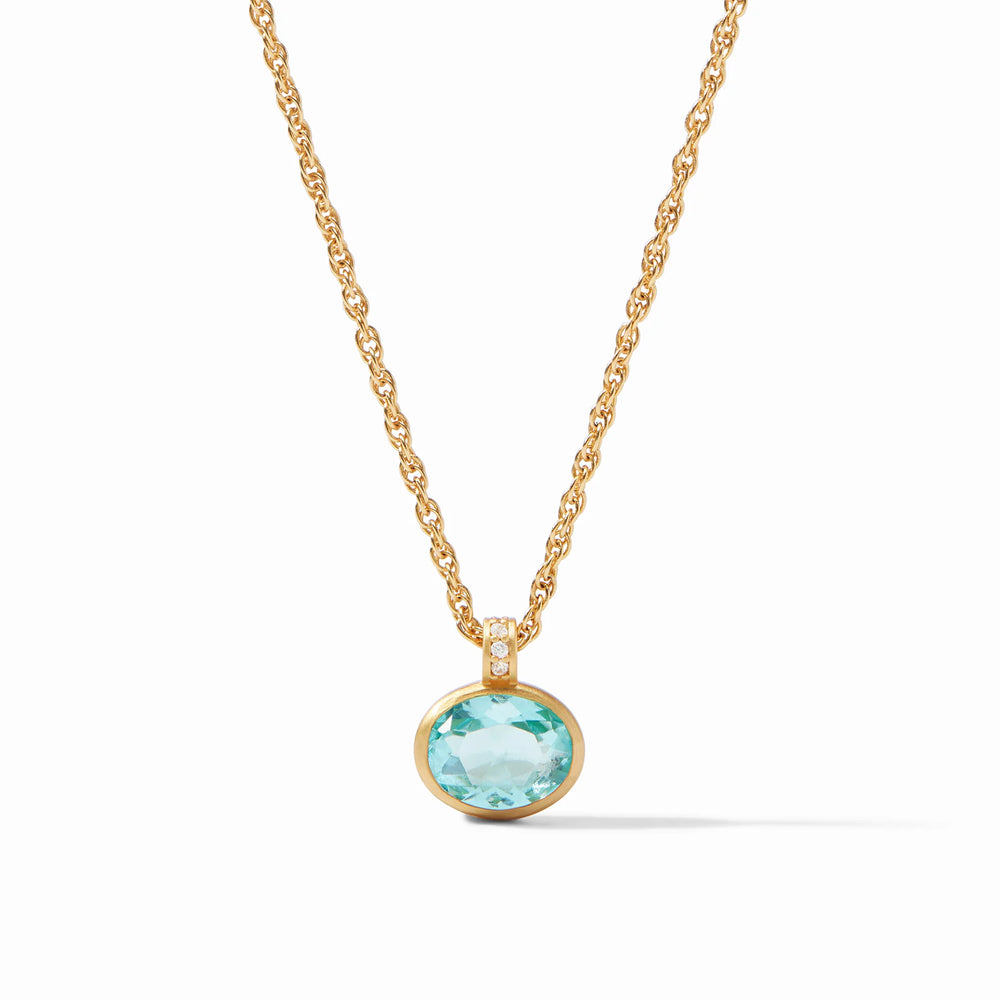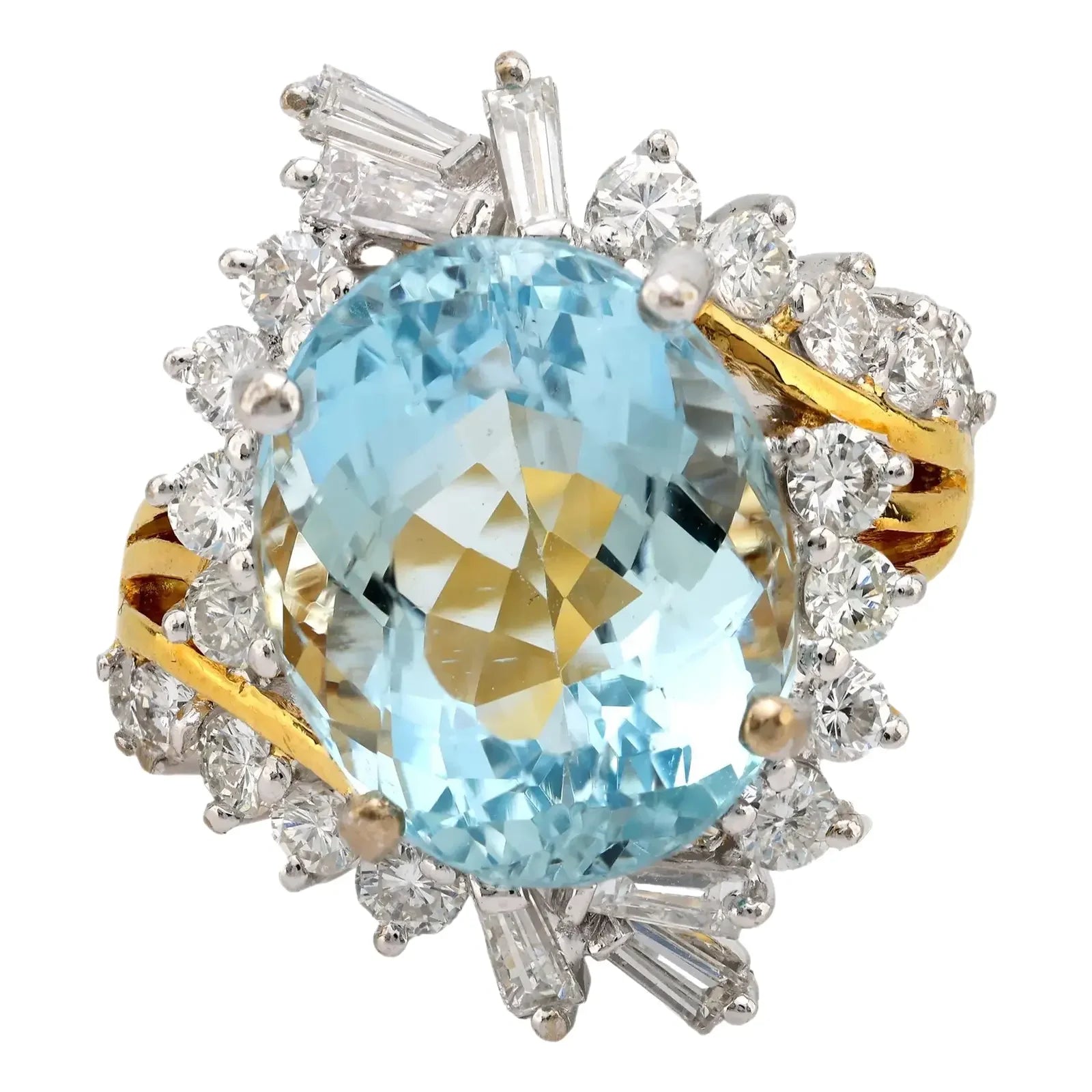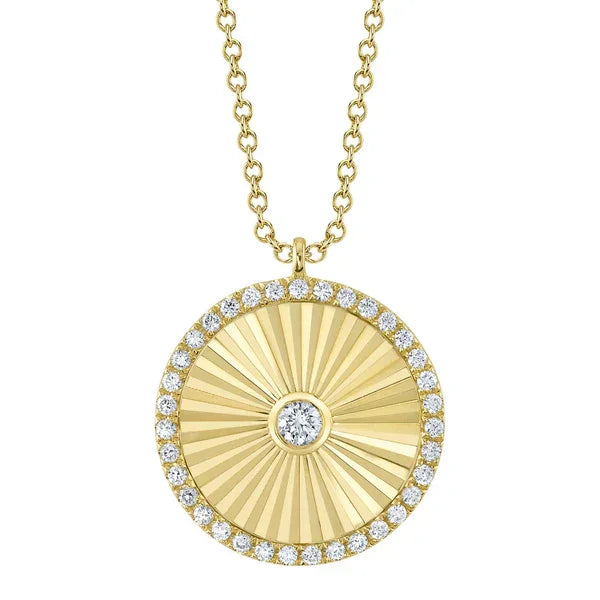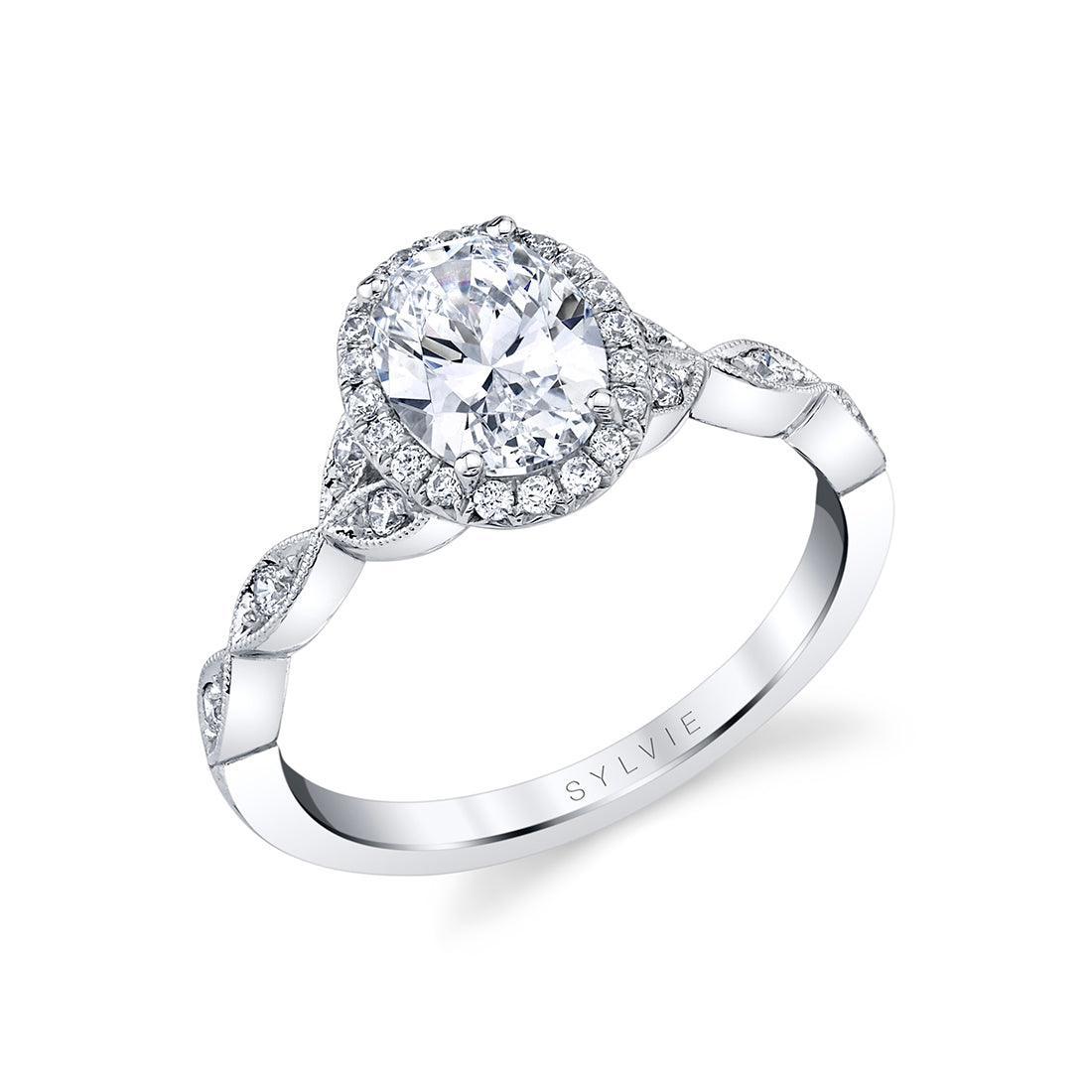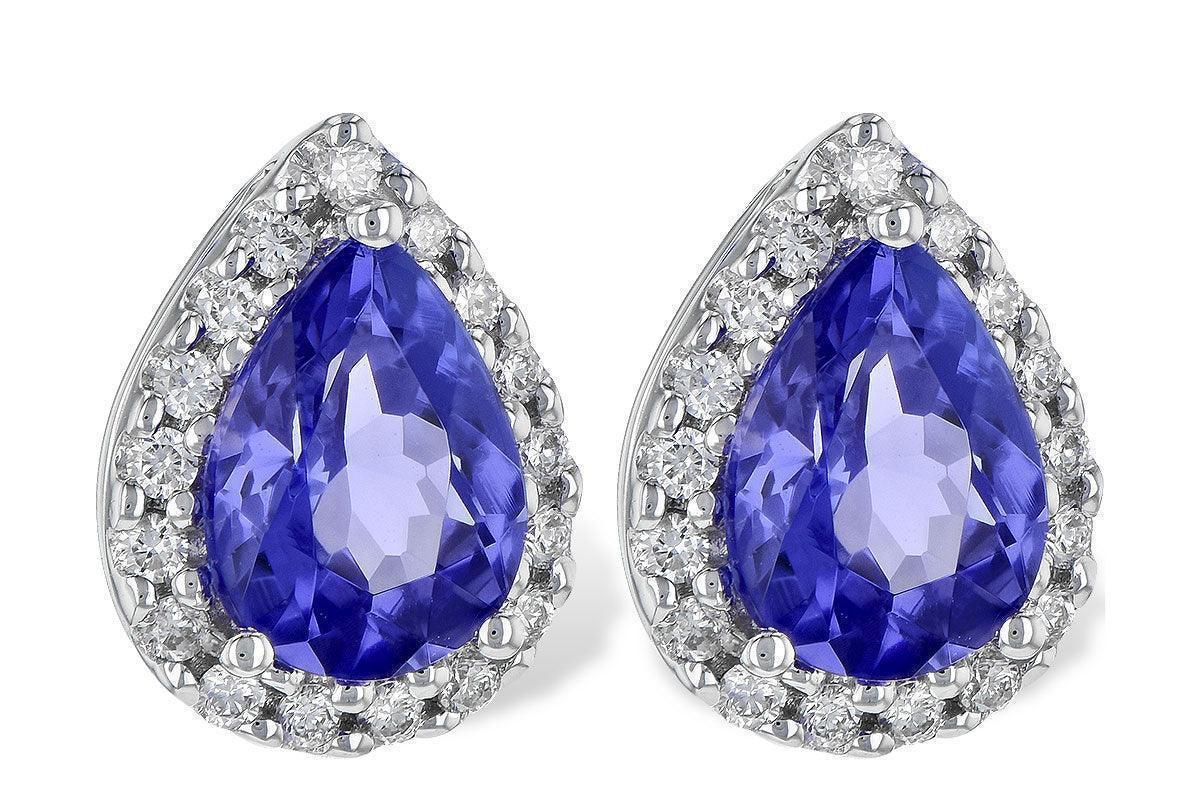Trend Alert 2025: The Year of the Snake
The Chinese New Year in 2025 begins on January 29, marking the start of the Year of the Snake, the sixth animal in the Chinese zodiac cycle. Each zodiac year is associated with one of the five elements—Wood, Fire, Earth, Metal, or Water—and 2025 is specifically the Year of the Wood Snake.
Symbolism and Characteristics of the Snake:
In Chinese culture, the Snake symbolizes wisdom, intuition, and transformation. Individuals born under this sign are often considered intelligent, graceful, and analytical. The Wood element adds attributes such as creativity, compassion, and idealism, suggesting that 2025 may emphasize personal growth, adaptability, and strategic planning.
Cultural Significance:
The Year of the Snake is traditionally seen as a time for introspection and renewal. It's an opportunity to shed old habits and embrace new beginnings, much like a snake shedding its skin. This period encourages careful decision-making and thoughtful approaches to challenges.
And snake jewelry, one of our favorites, has a rich and fascinating history that spans cultures, civilizations, and centuries. The snake, as a symbol, has been imbued with various meanings, including protection, eternity, fertility, transformation, and even danger. Here's an overview of its evolution:

Ancient Civilizations
Egypt
- Symbol of Protection and Power: Snakes were deeply associated with Egyptian mythology. The cobra symbolized protection, divine authority, and royalty. The Uraeus, a stylized representation of a rearing cobra, adorned pharaohs' crowns.
- Jewelry Examples: Gold bracelets and armlets shaped like snakes were popular among Egyptian elites.
Greece
- Symbol of Eternity and Healing: In Greek mythology, snakes were sacred to Asclepius, the god of medicine, symbolizing healing and rebirth due to their ability to shed their skin.
- Jewelry Examples: Greek artisans crafted delicate snake-shaped bangles, rings, and necklaces, often intricately designed.
Rome
- Symbol of Love and Protection: Romans viewed snakes as guardians of the household and symbols of eternal love.
- Jewelry Examples: Snake rings, bracelets, and amulets were popular, often featuring emeralds and other gemstones.
Medieval Period
During the medieval era in Europe, snake symbolism waned in popularity, often associated with negative connotations linked to the biblical story of Adam and Eve. However, in other cultures like India and China, snakes retained their spiritual significance.
India
- Sacred Symbol: Snakes are revered in Hinduism, representing fertility, wisdom, and the cycle of life and death.
- Jewelry Examples: Snake motifs in gold and gemstone jewelry remain a cultural staple.
China
- Symbol of Good Fortune: The snake is one of the 12 animals in the Chinese zodiac and symbolizes wisdom and intuition.
- Jewelry Examples: Intricate snake designs were crafted in jade, gold, and other materials.
Victorian Era (19th Century)
- Symbol of Eternal Love: Queen Victoria popularized snake jewelry in the West when Prince Albert gifted her a snake-shaped engagement ring in 1839. The serpent, biting its tail to form an ouroboros, represented eternal love and fidelity.
- Jewelry Examples: Brooches, rings, and necklaces featuring coiled snakes set with diamonds, emeralds, and other gemstones became fashionable.jewelry
20th and 21st Century
- Art Nouveau and Art Deco Movements: Snake motifs were reimagined in flowing, organic designs during Art Nouveau and geometric, bold styles during Art Deco.
- Modern Revival: Luxury brands like Bulgari brought snake jewelry back into prominence with their Serpenti collection, combining timeless elegance with contemporary aesthetics.
Snake jewelry continues to captivate for its timeless beauty and rich symbolism, making it a favorite in both high fashion and traditional craftsmanship. Whether as a charm for protection, a statement of eternal love, or an emblem of transformation, snake jewelry remains a powerful and enduring motif in adornment.


